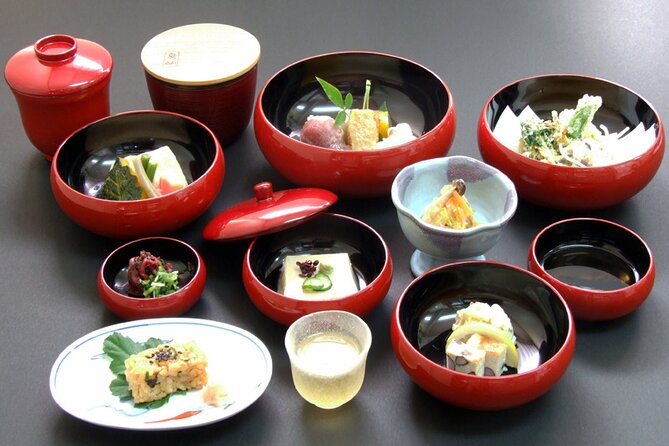Ever wondered what it takes to grow your own organic wasabi?
The process may seem elusive, but with the right guidance, anyone can master the art of cultivating this unique plant.
From understanding the ideal growing conditions to nurturing the delicate roots, there’s a whole world of knowledge waiting to be uncovered.
Stay tuned to uncover the essential tips and tricks for successfully cultivating organic wasabi, and get ready to embark on a rewarding journey of discovery and flavor.
Key Points
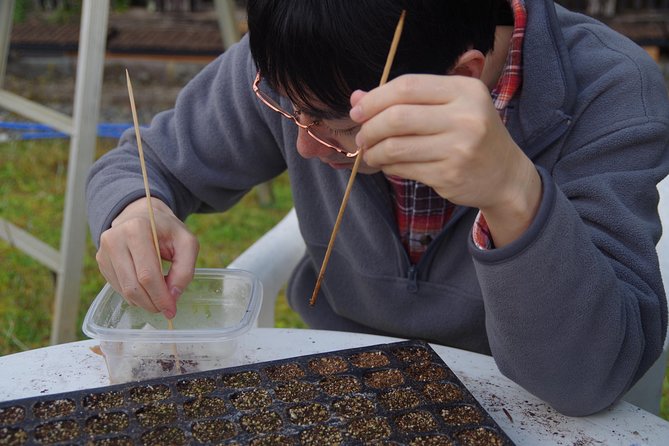
- Deep roots in Japanese culinary history and significance
- Emphasis on unique flavors and culinary enhancement
- Sustainable farming practices like crop rotation and composting
- Water-grown techniques mimic natural habitat for optimal growth
The Tradition of Wasabi Cultivation
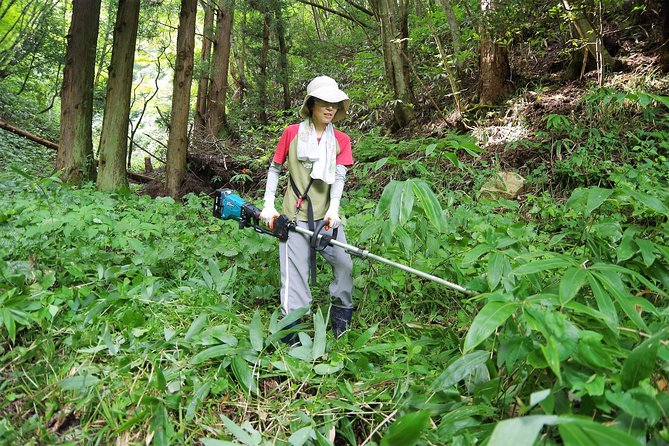
The tradition of cultivating organic wasabi holds deep roots in Japanese culinary history, emphasizing the unique flavors and significance it brings to traditional dishes. Wasabi has a rich historical significance, dating back centuries as a prized ingredient in Japanese cuisine.
Its culinary uses go beyond mere flavoring, as it’s often celebrated for its ability to complement and enhance the taste of various dishes. From sushi to noodle dishes, wasabi adds a distinct kick that’s both pungent and refreshing.
This humble green paste has become a staple in Japanese cooking, symbolizing not only flavor but also a connection to the country’s culinary heritage. The tradition of cultivating organic wasabi continues to thrive, preserving the authenticity and essence of this beloved ingredient.
Organic Farming Practices for Wasabi
Cultivating organic wasabi involves employing sustainable farming methods that prioritize the natural growth and development of the plant without the use of synthetic chemicals. By sticking to traditional methods, farmers can reduce the environmental impact of their practices. Some key organic farming practices for wasabi include:
| Organic Farming Practices | Description |
|---|---|
| Crop Rotation | Alternating plant types to maintain soil health and prevent disease. |
| Compost | Using organic matter to enrich the soil and provide essential nutrients. |
| Natural Pest Control | Introducing beneficial insects or using natural repellents to manage pests. |
| Mulching | Covering the soil to retain moisture, control weeds, and regulate temperature. |
These practices not only support the growth of healthy wasabi but also contribute to a more sustainable and eco-friendly farming approach.
Water-Grown Wasabi Techniques
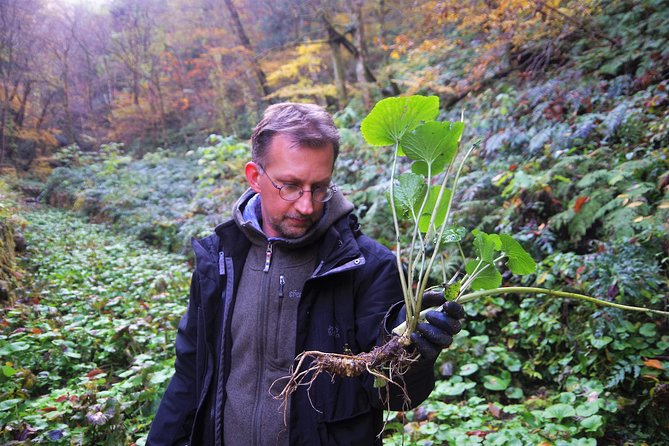
When growing wasabi in water, a key technique involves ensuring a consistent flow of clean, cold water to mimic its natural mountain stream habitat. Traditional techniques play a significant role in water-grown wasabi cultivation, honoring culinary traditions that date back centuries.
To excel in this method, farmers often employ the following strategies:
-
Maintaining Optimal Water Temperature: Wasabi thrives in colder water temperatures, typically between 46-57°F (8-14°C).
-
Filtering Water Quality: Using natural filtration methods or specialized equipment to keep the water pure and free from contaminants.
-
Regular Monitoring and Adjustments: Constantly checking the water flow, temperature, and quality to ensure the ideal conditions for robust wasabi growth.
Hands-On Experience in Wasabi Cultivation
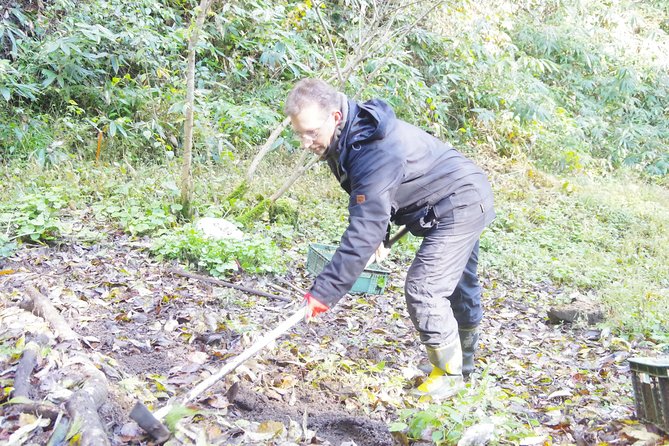
For those eager to dive into the world of wasabi cultivation, get ready to roll up your sleeves and learn about the art of nurturing this prized ingredient firsthand.
Sustainable agriculture is at the core of this hands-on experience, where participants not only learn about cultivating wasabi but also contribute to preserving this tradition.
Engaging in the cultivation process provides a deep insight into the importance of wasabi in culinary traditions. By actively participating in the growth of this delicate plant, individuals gain a newfound appreciation for the effort and skill required to produce high-quality wasabi.
This hands-on approach allows for a direct connection to the roots of wasabi cultivation, fostering a greater understanding of the heritage and significance behind this renowned ingredient.
Exploring Wasabi Fields
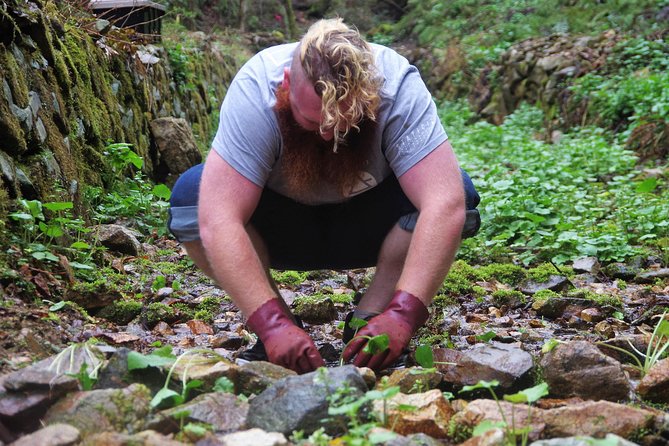
Exploring the lush and vibrant wasabi fields offers visitors a captivating glimpse into the thriving environment where this prized ingredient flourishes.
-
Field exploration: Visitors can wander through the intricate network of wasabi fields, observing the careful agricultural techniques employed to nurture these delicate plants.
-
Farming traditions: Learn about the rich farming traditions that have been passed down through generations, shaping the cultivation of this unique ingredient.
-
Culinary delights: Witness firsthand the connection between the fields and the exquisite dishes they inspire, understanding how the fresh wasabi transforms into culinary masterpieces.
Walking through the fields provides a unique opportunity to appreciate the beauty and complexity of wasabi cultivation, gaining a deeper understanding of its significance in both tradition and gastronomy.
Enjoying Wasabi-Inspired Cuisine
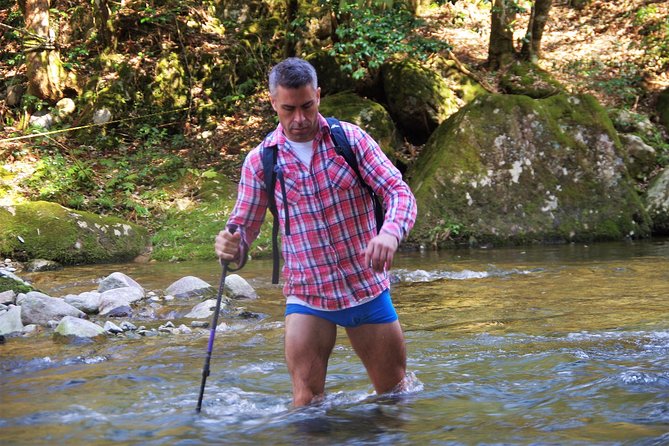
Indulge in a flavorful journey through the world of wasabi-inspired cuisine, savoring unique dishes that showcase the versatility and complexity of this traditional ingredient.
From wasabi-infused dishes to culinary delights, each bite offers a symphony of flavors that tantalize the taste buds.
Embrace the farm-to-table experience, reveling in the organic freshness that enhances every dish.
Whether enjoying wasabi in traditional Japanese recipes or exploring innovative fusion cuisine, the pungent heat and subtle sweetness of this prized ingredient will leave you craving more.
Let your palate dance with joy as you discover the endless possibilities of incorporating wasabi into your culinary creations.
Logistics and Practical Information
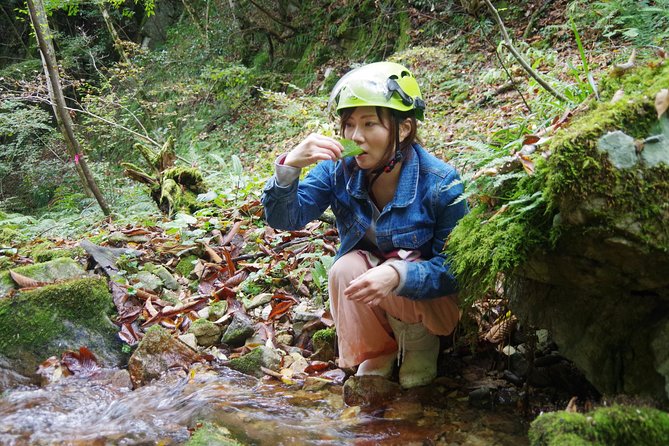
Embark on your wasabi cultivation adventure by familiarizing yourself with the logistical details and practical information for the experience at Auberge WASABI in Hikimichō Hikimi, Japan.
When planning your trip, consider the following:
-
Transportation options: Research train schedules or rental car availability for getting to the location.
-
Local accommodations: Look into nearby hotels or traditional inns for a comfortable stay during your visit.
-
Safety precautions: Follow the guide’s instructions, wear provided safety gear, and be cautious around the cultivation area.
-
Dietary restrictions: Notify the organizers in advance of any food allergies or dietary restrictions to ensure a pleasant lunch experience.
Plan ahead, stay safe, and enjoy your immersive wasabi cultivation experience!
Common questions
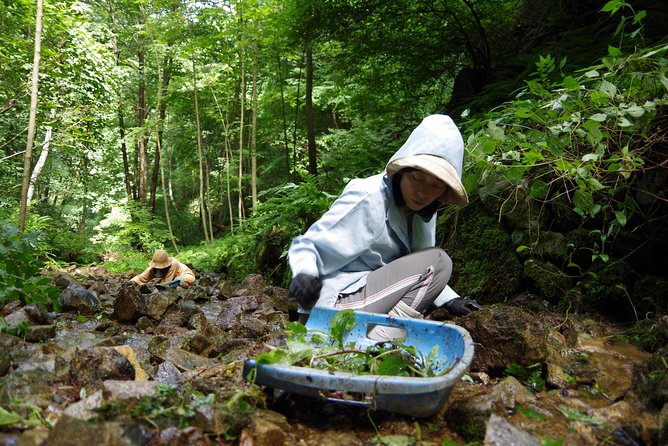
Can Visitors Purchase Fresh Wasabi to Take Home After the Experience?
Visitors can purchase fresh wasabi to take home after the experience. They have the option to buy wasabi souvenirs as visitor gifts. Fresh wasabi purchases are available as a memento of the hands-on cultivation experience.
Are There Any Specific Health Benefits Associated With Consuming Organic Wasabi?
Health benefits associated with consuming organic wasabi include potential anti-inflammatory properties, aiding digestion, and boosting heart health. Recent consumption trends highlight its versatility in various cuisines due to its unique flavor and potential health benefits.
How Long Does It Typically Take for Wasabi Plants to Reach Maturity and Be Ready for Harvest?
It usually takes about 1.5 to 2 years for wasabi plants to reach maturity and be ready for harvest. Harvesting techniques involve careful extraction of the rhizome to preserve flavor.
Are There Any Special Techniques or Tools Used in the Traditional Cultivation of Wasabi That Are Not Commonly Known?
Traditional techniques in cultivating wasabi involve precise shade, moisture control, and gravel-rich soil. Farmers use unique tools like wasabi graters, sharkskin for grating, and wooden presses. These methods ensure the plant’s delicate flavor and quality.
Are There Any Specific Environmental Considerations or Challenges Faced in Cultivating Organic Wasabi That Are Unique to This Region?
When cultivating organic wasabi in this region, there are unique environmental considerations. Maintaining environmental sustainability is crucial. Challenges such as water quality, temperature control, and soil conditions must be carefully managed to ensure successful cultivation.
Not for you? Here's more of our most recent tour reviews happening neaby
- Morning Meditation and Tofu Making Experience in the Temple
- Kibiso Silk Weaving Experience
- Quad Bike Experience in Mitocho Sendo
- Sanbe Azukihara Principle Buried Forest Park Jomon No Mori
- Takatsu River Kayaking Experience
- Iwami Kagura Viewing and Mini-experience
- Iwami Must-see Tour
- Experience Horseback Riding With Samurai Costume in Japan
Sum Up
So, if you’re ever in Hikimi, Japan and want to dive into the world of organic wasabi cultivation, head over to Auberge WASABI for a hands-on experience you won’t forget.
From learning about traditional farming practices to savoring delicious wasabi-infused dishes, this adventure is perfect for foodies and nature lovers alike.
Don’t miss out on this opportunity to explore the secrets behind this revered ingredient in Japanese cuisine.



